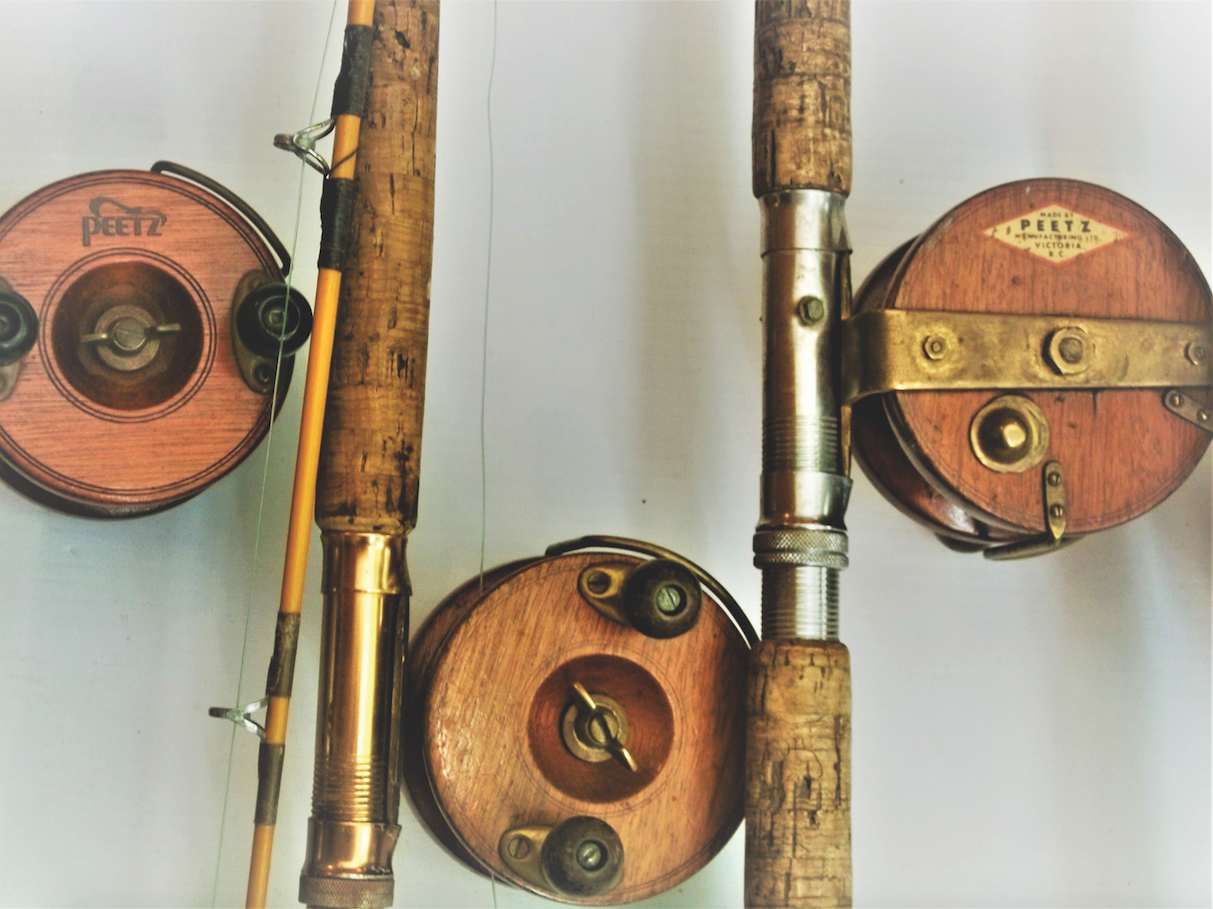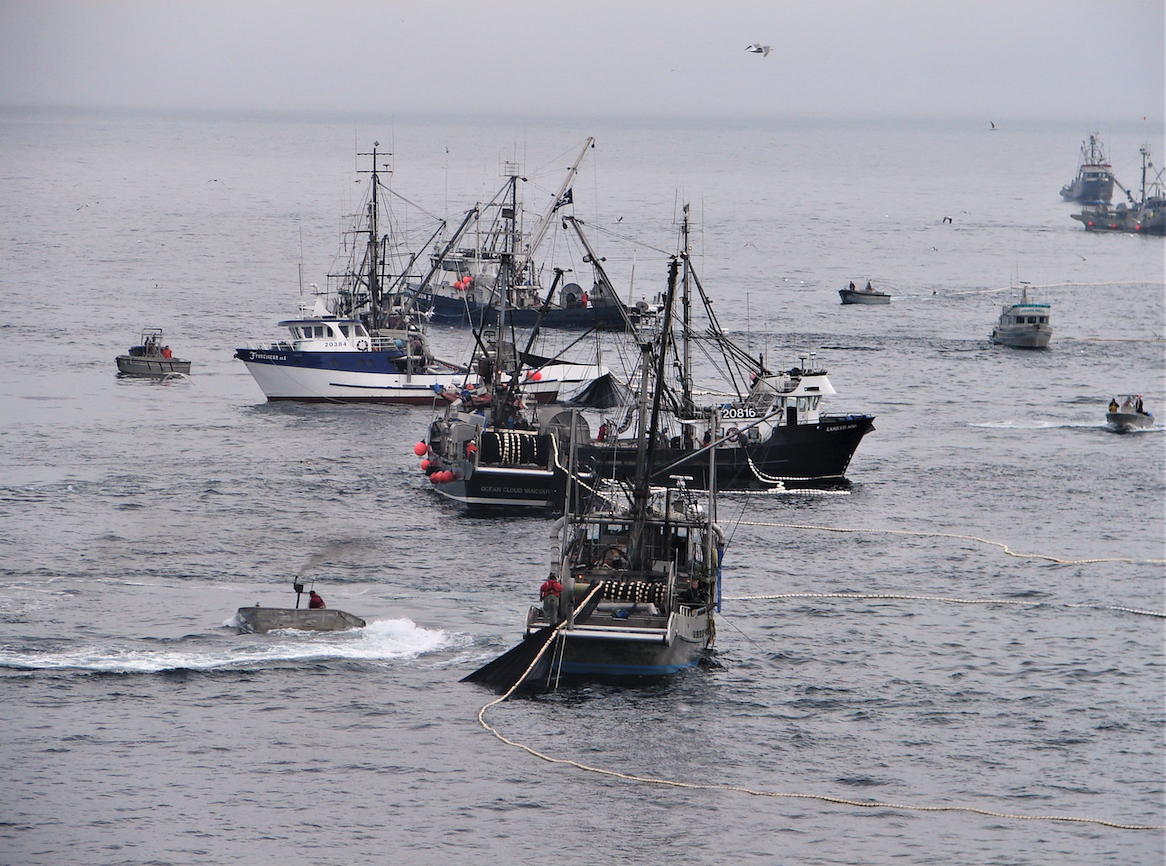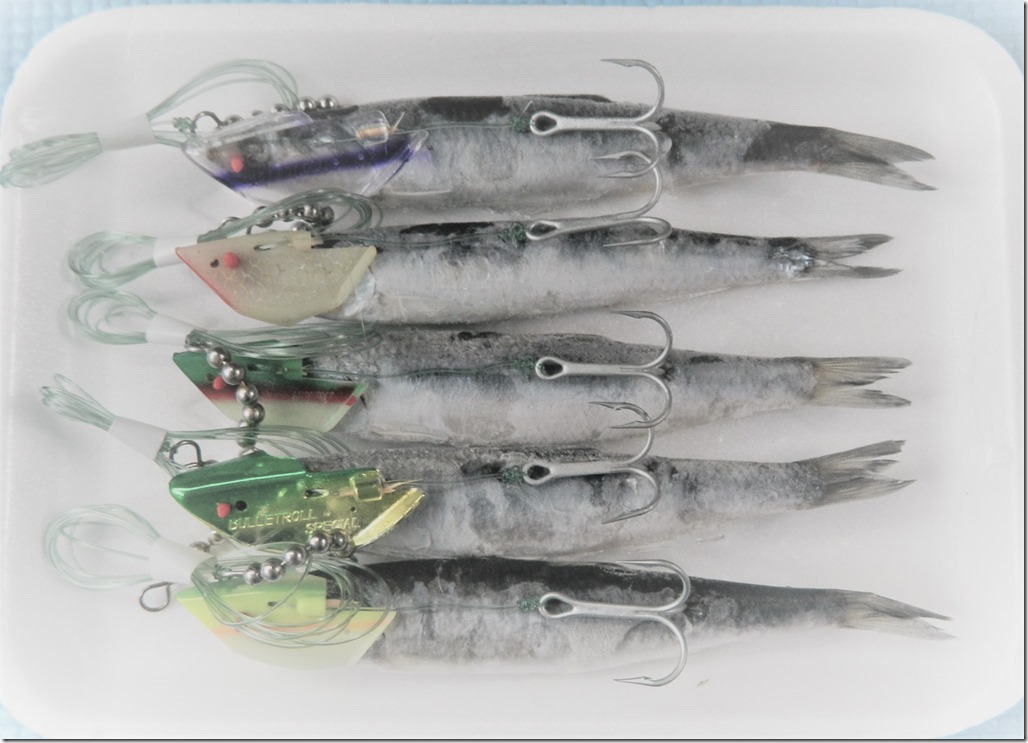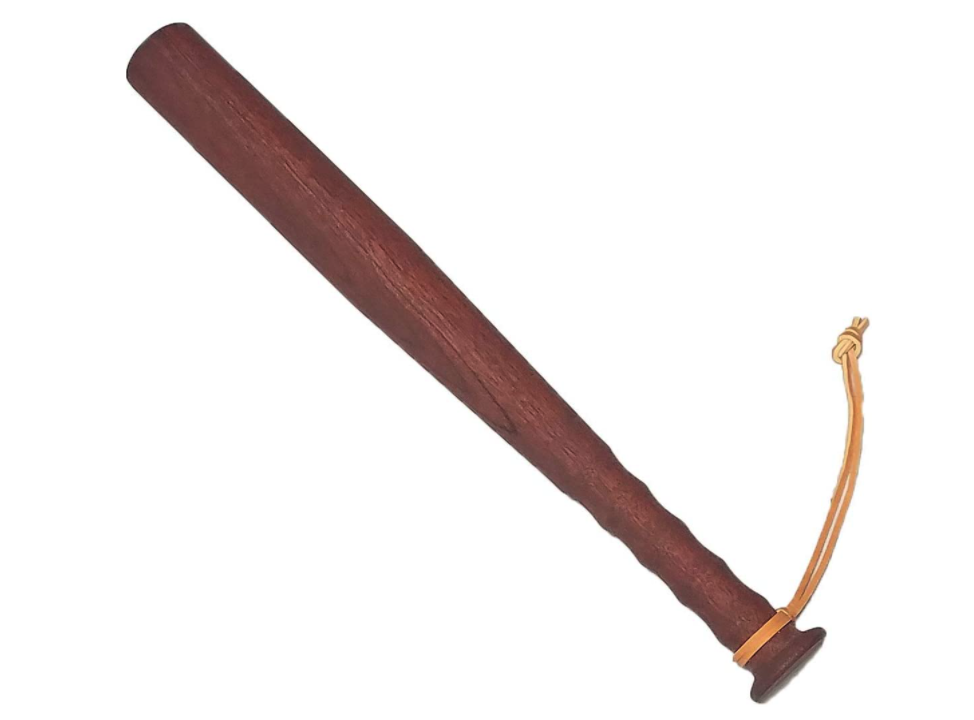
In the early going, commercial fishing drove the fisheries. Meaningful levels of sport fishing began at a later date, ultimately developing into the dominant economic and participatory fishing activity on the BC Coast. Here’s just a few interesting examples from the commercial and recreational fishing lexicons that will help you talk like a pro even if you can’t fish like one.
1. Bucket Mouth
This refers to the lingcod and its oversized mouth, which is capable of capturing and holding extremely large prey.
(Deep Dive) Lings are aggressive and tenacious predators. Decades ago we fished for them using live cod hooked through the lip and lowered to the reef. The ling would grab the cod and refuse to let go even as it came to the surface. The netter had to be quick because once the ling broke the surface it released its quarry and bolted back to the reef; often admonishing the netter with a splash and a saltwater face wash. In today’s climate of animal rights advocacy I would not recommend this as an angling option.
2. Chicken
In most fisheries, chicken refers to something small. However on the BC Coast the term applies to halibut, particularly a younger fish less than 20 pounds.
(Deep Dive) Some claim it refers to the flavour of the meat, which tastes like chicken, hence the phrase chicken halibut, while others believe it’s related to size. The barn door halibut occupies the other end of the size spectrum and requires no further explanation. Other commonly used names include flatties or simply butts.

3. Tyee
This means “boss” in chinook jargon but it’s been reapplied to denote a large chinook salmon. In 1924 a group of local Campbell River anglers chose that name for what was to become the famous Tyee Club. To attain membership, anglers had to land a chinook over 30 pounds from a rowboat, using artificial lures within the boundaries of the Tyee Pool.
(Deep Dive) The club is still going strong and is now in its 96th year. The term was also used from the 1950s to the 1970s in the Victoria Colonist newspaper’s King Fisherman Contest. It was one of the contest’s categories and applied to chinook over 30 pounds. Anglers who landed the largest tyee each month from either Alberni Inlet or Campbell River and Comox received a crest, embossed with the name Tyee Prince, and additional prizes in recognition of their angling success. The person who landed the largest tyee during the summer-long event received a trophy, merchandize and $50 as the overall winner of the Tyee division.
4. Black Mouth
This is the American term for an immature feeder chinook.
(Deep Dive) It’s not commonly used in BC where feeder and winter spring are preferred. Winter spring is an odd combination of words. Winter refers to the time of year when these salmon concentrate in the Strait of Georgia and other inshore fishing areas; and spring or spring salmon derives from populations that start their spawning runs during the spring months.
5. Slab
This is another term for a big salmon. It usually refers to chinook, but could also apply to a big fish of any species.
(Deep Dive) Lunker and hog are also used, but football and snubbed nose have unique and area specific linkages. Periodically during the Juan de Fuca summer fishery, runs of mature stubby chinook appear. For years they were called Columbians, but there is no definitive proof that the Columbia River is where they came from. Regardless, once the stubbies showed up news spread quickly through the fishing community that the Columbians were in.

6 & 7. Shakers & Squishers
These names originated with the commercial troll and seine fisheries. Undersized troll-caught salmon were known as shakers because of the way they were shaken off the hooks. Recreational anglers applied the same term to undersized sport-caught salmon. A squisher is a dead salmon that has been squished by the weight of many larger salmon captured in the seine net along with it. Most of the squishers were either baby chinook or coho.
(Deep Dive) This by-catch problem was so severe that it was the catalyst for the creation of the Sport Fishing Advisory Board, and for moving commercial netting beyond the boundary known as the Bonilla-Tatoosh line at the western entrance to Juan de Fuca Strait. This line was also known as the blue line. Many years ago my brother-in-law Walt Norbury, who spent his life on fish boats from Washington State to the Bering Sea, explained that blue line defined where the blue waters of the open Pacific met the greenish waters of Juan de Fuca Strait. Walt passed away two years ago, and I have been trying to verify that story ever since. If any readers know the answer please pass that information on to me through the editor at Pacific Yachting.
8 – 12. Soak, Set, String, Scotsmen & Pursed Up
To soak is a commercial term that refers mainly to gillnet fishing. It means leaving a net in the water for a longer period of time so that more fish are captured as they attempt to swim through it. It can also apply to leaving prawn, shrimp or crab traps in the water for as long as possible. Making a set is specific to seining and refers to a net being set around a school of fish, and then pursed up (closed) at the side of the seine boat. String is the common term for commercial traps that are set out on a long line marked by floats at either end. Large floats are known as Scotsmen and are used for a number of boating and fishing purposes including as an anchoring aid for recreational halibut fishing.

13 & 14. Meat & Meat Line
The word Meat is more commonly used in the US and it means anglers are fishing with real baits. On this coast it translates to fishing with anchovies, herring, cut plug herring or strip for salmon fishing; or tipping heavy jigs with natural bait to make it more enticing to halibut and other bottom fish.
(Deep Dive) Meat line means something entirely different. It was a fairly common but unsportsmanlike practice that started when downriggers first appeared on the coast. It refers to securing a fixed line and lure directly to the downrigger cable without a rod and reel attached to it. When a fish struck the lure the angler cranked up the downrigger, released the snap and hand-lined the fish to the boat. It became illegal decades ago in a decision supported by the overwhelming majority of recreational anglers. In this case the word meat meant the angler was fishing to put meat in the freezer, or worse, for illegal sale. It had nothing to do with the type of lure used.

15 & 16. Plastic & Metal
These are the artificial lure equivalents of the term meat used to describe natural baits.
(Deep Dive) Plastic includes lures like hoochies, squids, mini-squids, plastic skirts and swimmer-tails. Metal is a catch-all for the hundreds of varieties of spoons or metal casting lures that are available for anglers to purchase and use.

17. Knuckle Buster
The expression knuckle buster has been around for longer than I can remember. The true origin refers to bulky single action reels that were the standard on the BC Coast until smaller Japanese single action reels began to flood the market.
(Deep Dive) In a very short space of time these lighter reels pushed the knuckle buster to a minor market position. Original single action reels came from the UK but Victoria’s Ivan Peetz, founder of Peetz Tackle, became the most prominent BC manufacturer of these products. His reels were exquisitely made and were required equipment for trolling with planers and wire line or heavy weights. However they did not fit the trend towards lighter tackle that dominated the market after the introduction of downrigger fishing. The knuckle buster came by its name honestly. Big, hard-fighting salmon put novice, and even experienced anglers, to the test when the large handles on the side of the reel began to spin rapidly. Miscalculations on when to reel versus when to brake or palm the reel often produced painful finger and thumb whacking results. Today, many anglers refer to the modern single action reels as knuckle busters, but I suggest this is incorrect, as it should only apply to the bigger original models.

18. Star Drag
Star Drags came primarily from American manufacturers and are still one of the preferred reels in the US. They are complex with a drag and gear system that allows the fish to run even if the angler is trying to retrieve fishing line. In BC, they’ve caught on for halibut and bottom fishing, but not for salmon where the modern single action dominates the market.
(Deep Dive) The Star Drag moniker refers to the star-like shape of the drag control located on the side of the reel. These reels are also referred to as multipliers because of the improved line retrieval ratios relative to each turn of the handle. If Star Drags are equipped with a specially designed pawl on the reel that feeds line evenly onto the drum they are often called Level Winds (wind is pronounced as a verb not a noun).
19 & 20. Spooled & Bird’s Nest
These describe a couple of unfortunate events that rarely turn out well for the angler. Being spooled means the fish has taken all of the line down to the knot securing the line to the reel. Generally the knot fails and the fish is lost. Savvy anglers try to avoid this by turning the boat and giving chase to get enough line back on the reel. This requires good communication between the person on the rod and the person on the wheel. A bird’s nest can happen when an excessive amount of line comes off the reel and forms a horrible tangle. It’s caused because the drag on the reel is too light and the reel spins too quickly. It can also happen if the drag is locked down tight. Too much tension builds up in the rod, the angler backs off the drag quickly and the energy in the bend of the rod creates a backlash that allows yards of line to explode off the reel in just seconds.
21 & 22. The Fish Billy & the Priest
Both of these refer to fish clubs used to dispatch the catch quickly. Fish Billy is an acknowledgement to the British copper’s Billy club. However one of my favourite fishing colloquialisms is the Priest. My late father and other old timers used this term. It references one of the main duties of a priest, which is to deliver the last rites. Both of these terms are much more imaginative than those in current use like fish club or fish bonker. Fish Billy still has a following but I haven’t heard Priest used for years and it would be fun if it worked its way back into the coast’s fishing lexicon.
